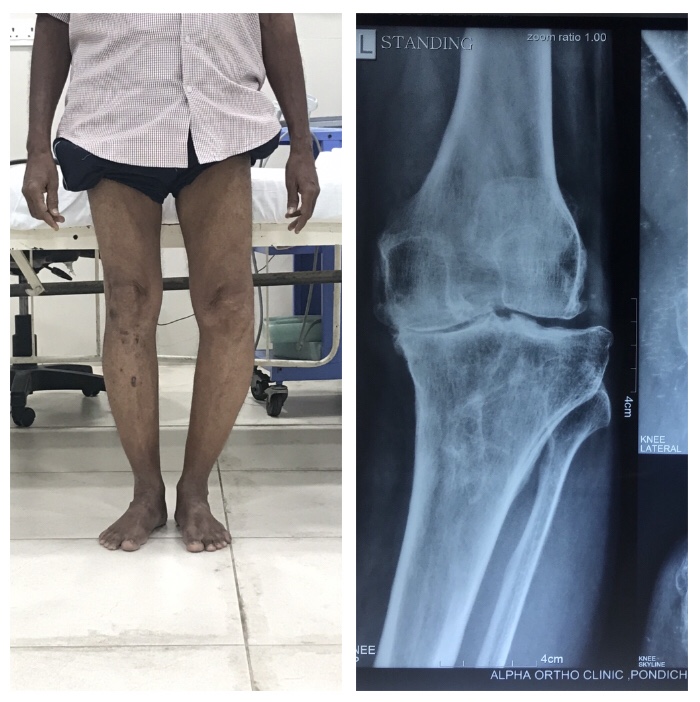12 Aug How much of pain control after Knee Replacement have we achieved ?

Total Knee Replacement is the gold standard for definitive arthritis of knee pain .Management of post operative pain is extremely important .Patients with post operative pain tend to stay longer in hospital ,have decreased mobility of the joint , prolonged use of opioid use ,increased cost of care and decreased satisfaction and quality of life .The management of post operative pain after Total Knee Replacement has remained a challenge .
Recent years the perioperative use of Blocks has been very useful in managing the pain . There are various types of blocks for managing the perioperative pain .A few words about what is a nerve block .Nerve block is a process by which the anesthetic medication is injected around the nerve which tranfers the pain impulse to and fro from the brain . The accuracy is increased by the use of ultrasound scan .By using the ultrasound scan the exact nerve is visualised and the required dose of the numbing medicines are deployed . This blocks the pain pathway .Hence its called commonly as “Nerve Blocks” by doctors .This procedure drastically reduces the requirement of systemic pain medication .This is very useful ,as most of the pateints who undergo total knee replacement are elderly and require pain medication simultaneously other organs like kidney ,heart ,guts etc are taken care with least possible adverse effects .Futhermore ,the usage of such blocks with relatively safe pain medicines and that to, at minimal dose for a short period of time has reduced the pain perception especially the post operative pain perception remarkably .
So what is recent in this
Perioperative Adductor Canal Block (PAB) is introduced as a motor sparing nerve block for postoperative analgesia after knee surgery . Motor sparing means only the sensation of pain is blocked but the motor part (impulse to muscle and joint movements )are not blocked .Rational behind PABs is injecting local anesthetic in the canal where both the saphenous nerve and the nerve to the vastus medilais muscle travel through will provide adequate analgesia while preserving the quadriceps strength for ambulation and rehabilitation after primary total knee replacement .
Deiter et all , a recent retrospective study suggested that administration of a single-dose PAB with multimodal analgesia protocol significantly decreased the post operative pain score by 90% in the Post Anesthesia Care Unit (PACU) at 12 hours and 30% at 24 hour interval.
There has been tremendous effort in both the medical and orthopedic community to reduce the overall prescribing and consumption of opiates while mantaining and improving pain control and functional status .In this the PAB along with multi modal post total knee replacement pain mangement is helping patients to recover faster and early discharge .
Dr.B.Naveen Thiyagu M.S.Ortho
Fellowship in joint replacement
Fellowship in Sports Medicine & Arthroscopy (Germany)
Chief Joint Replacement Surgeon @Alpha Ortho Clinic , Pondicherry INDIA


admin
Posted at 05:07h, 12 AugustPost Operative pain has been a challenge for doctors as well as patients .Because of these new advances in medical science it has been managed very effectively .It has been followed for total knee replacement to improve functionality and outcome .